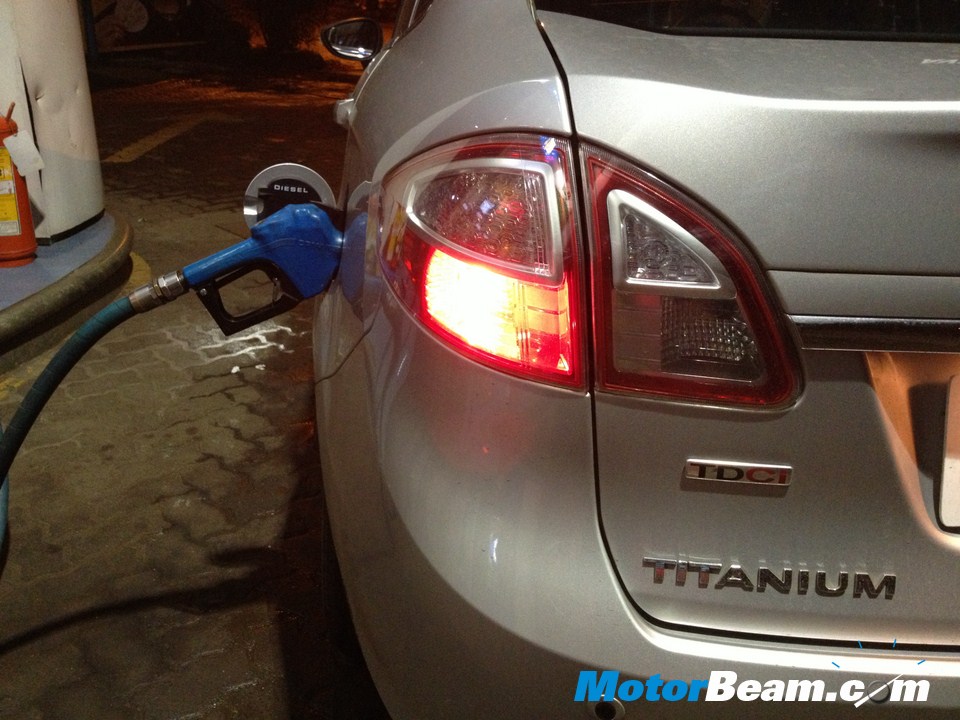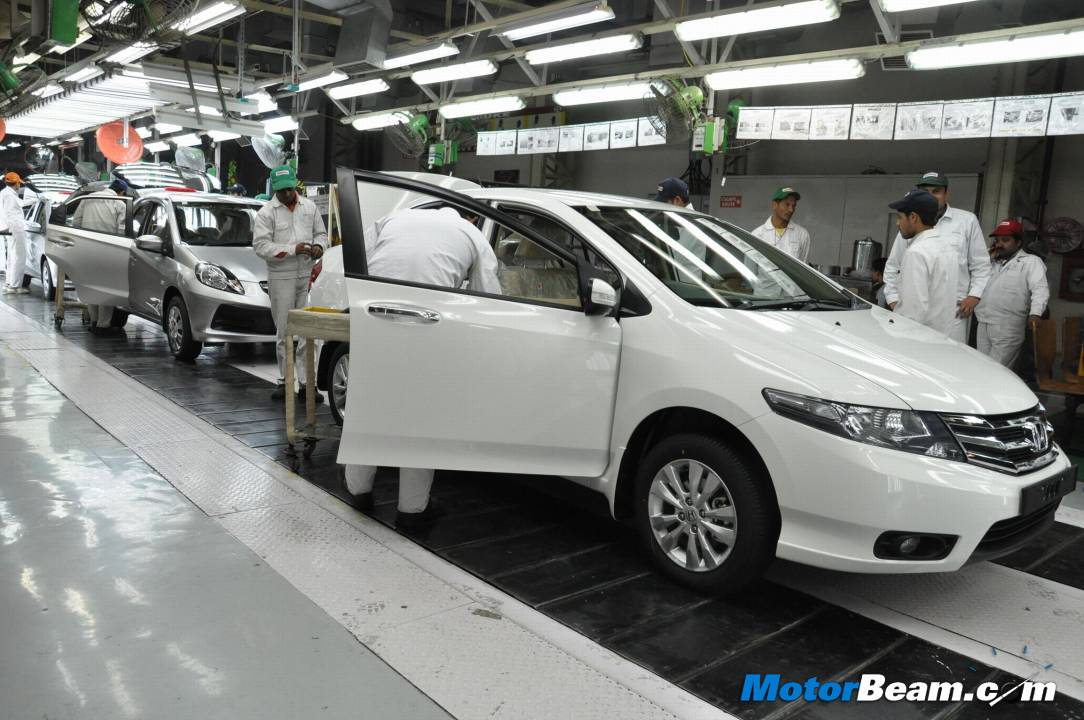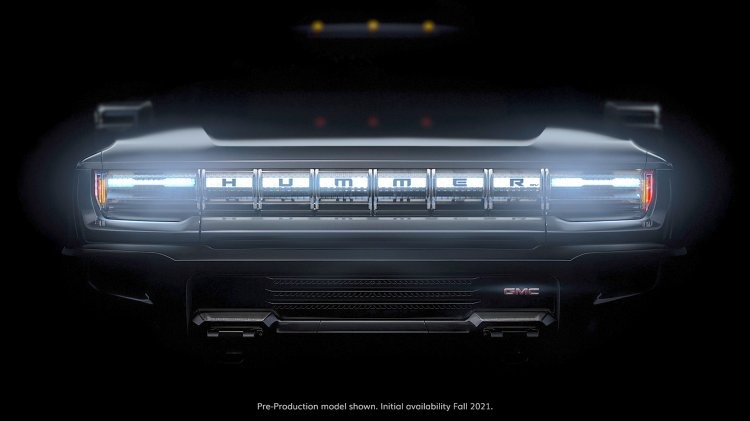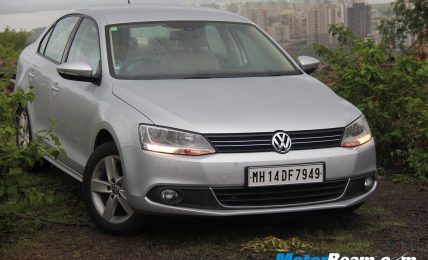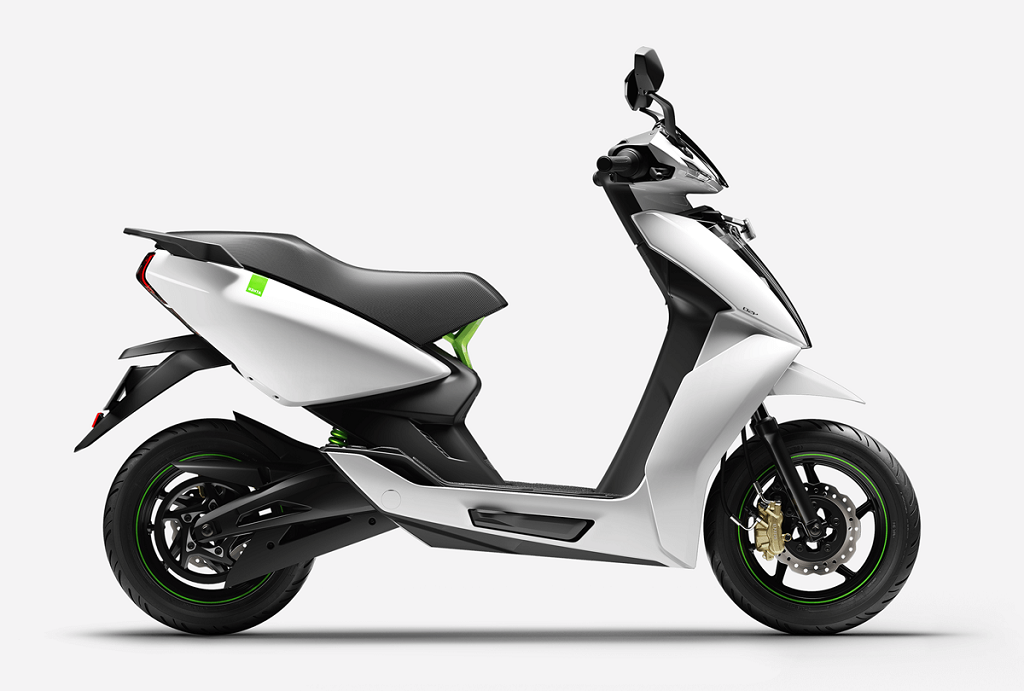With the new fuel efficiency guidelines on auto manufacturers will ensure a lower rate of fuel consumption on cars, the Indian government says that the new fuel efficiency guidelines will not push the costs of cars significantly during the first phase that will be levied from April 2016 onwards. The new guidelines state that passenger vehicles will have to have a fuel efficiency figure of 18.2 km/l by 2016-17 from the current average of 16 km/l. Efficiency figures for UVs and two-wheelers on the other hand will be issued separately.
The new minimum mileage formula is based on the number of cars sold, weight and type of fuel used. The mileage benchmark applies to the company as a whole for its entire fleet of vehicles that are sold and not for a particular model. The new formula suggests that the lighter the vehicle, the more fuel efficient it will be. Currently 35 percent vehicles meet the proposed fuel efficiency guidelines, but most of them are diesel or CNG fitted vehicles.
Out of the total 342 passenger vehicle models plying on our roads, there are as many as 223 models not meeting the new fuel efficiency guidelines. However, manufacturers have been working towards improving the fuel efficiency figures which forms a deciding factor when purchasing a vehicle in the country. The cost for meeting the new fuel efficiency guidelines will see an escalation when the second phase will be levied from 2021. The estimated rise in production costs will be around Rs. 40,000 – 50,000 for an entry level hatchback, while multi-utility vehicles could see the cost increase by over Rs. 1 lakh in order to meet the new fuel efficiency norms.
The new age passenger vehicles will also have to meet the new emission rules that would be applicable in the next few years. Consumers on the other hand, who will be paying for the vehicles, will cut fuel consumption costs by almost 14 percent. The government too has stipulated an annual saving of Rs. 2000 crore in fuel costs, assuming three million units will be sold by 2016-17, running at an average of 15,000 kms each year.
We however, expect the auto manufacturers to significantly increase the cost of the vehicles due to higher amount of R&D required for improving the fuel efficiency of a vehicle. Moreover, the rising input costs and inflation will also play a crucial factor on the pricing of the vehicles. The new policy could see small capacity turbocharged petrol and diesel engines becoming more popular on our cars, providing high power and lower fuel consumption.
Source – Economic Times


